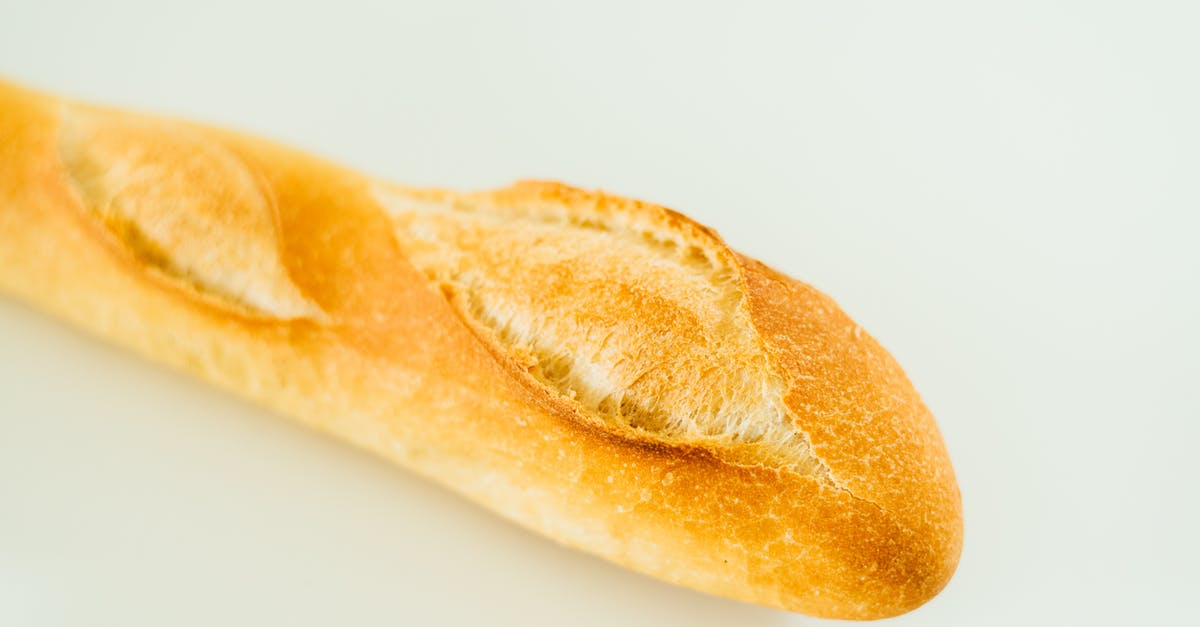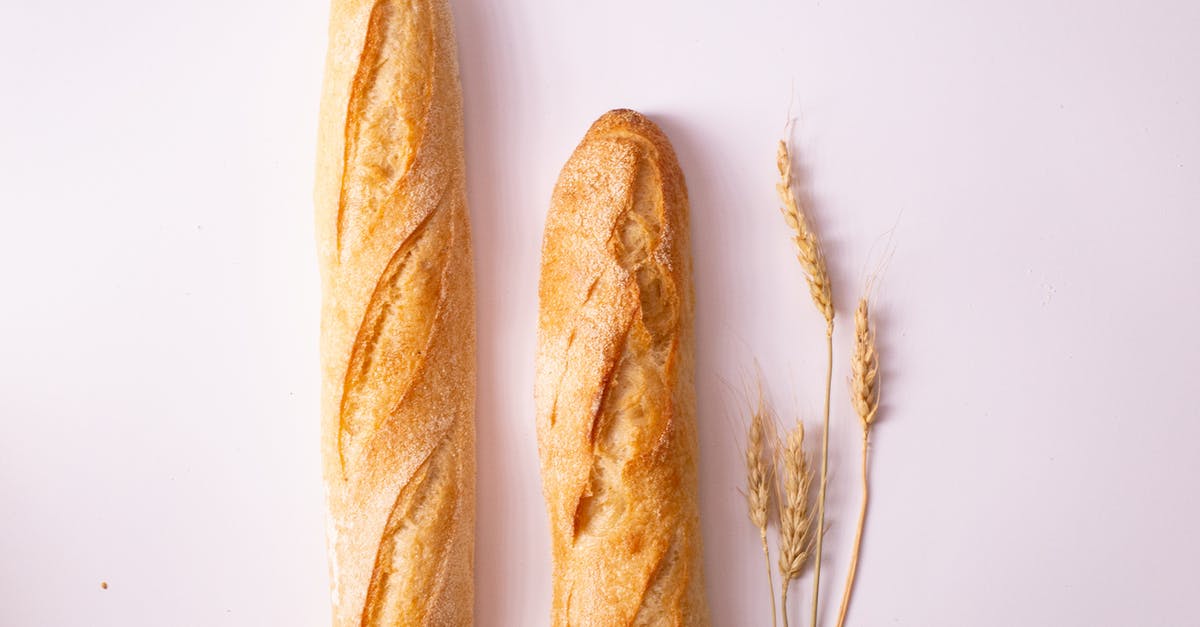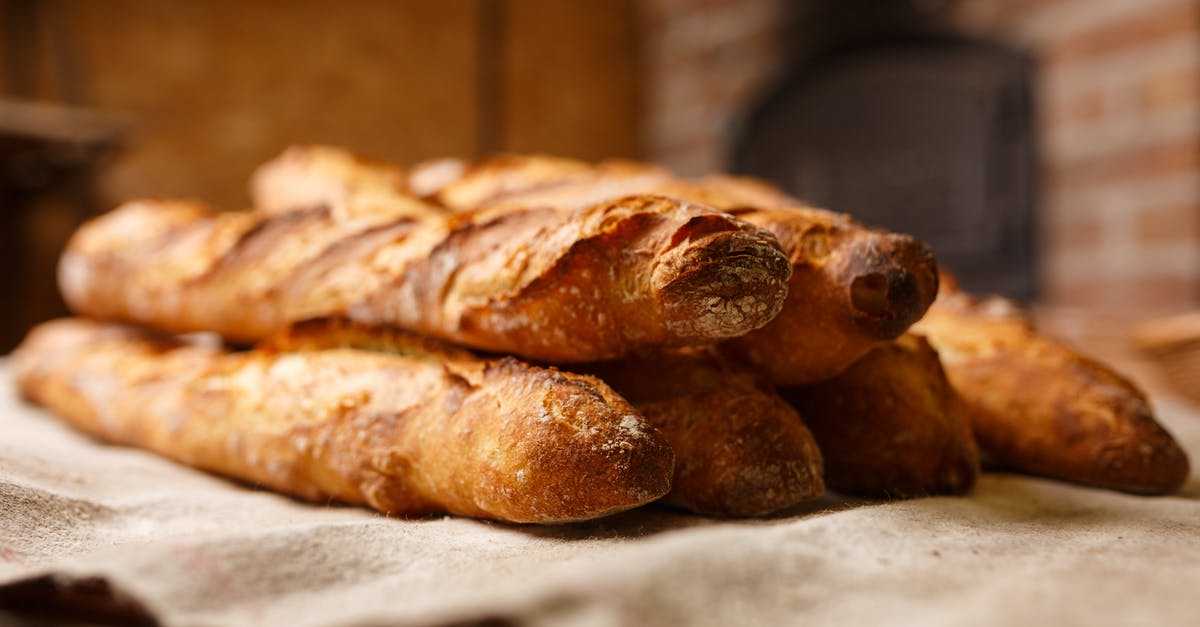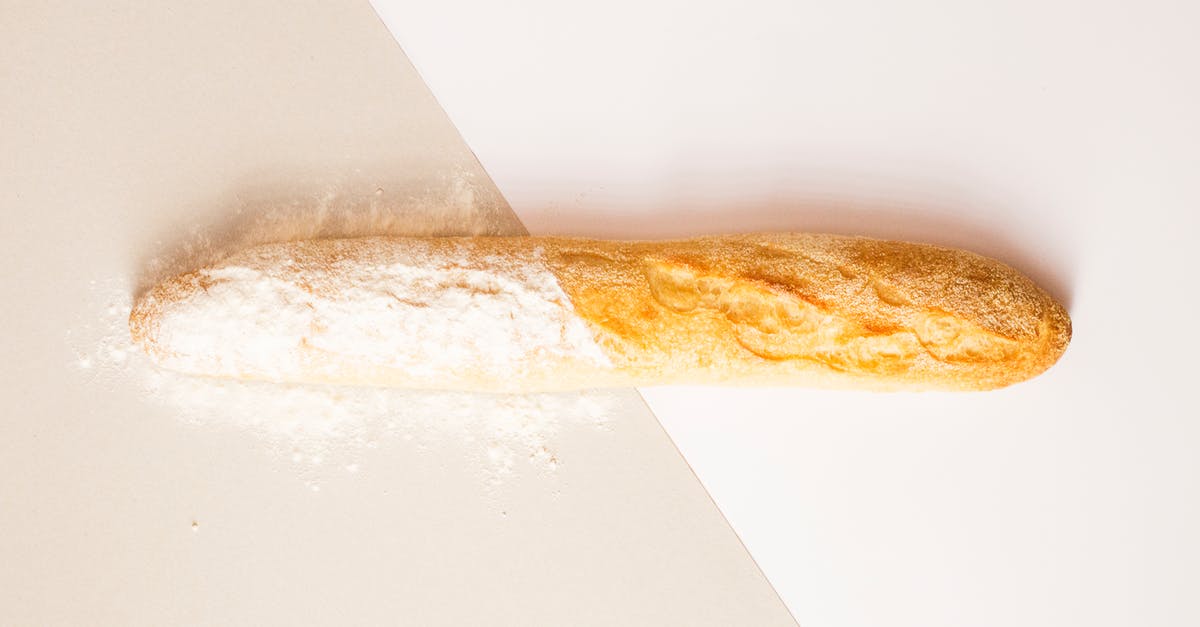Low sodium French Bread or Baguette

Is it possible to make low sodium French Bread or Baguettes? My husband is on a low sodium diet and will only eat French Bread. I know there is a relationship between yeast and salt.
Best Answer
Salt will kill yeast if directly exposed; furthermore it will have an effect on the texture as well as significantly altering the taste.
Just remember that if you are baking your own bread the amount of sodium is significantly reduced compared to commercial products (Most of the bread recipes I've used have very little salt in them anyway) and you may find that you will not need to modify the recipes to fit your husband's diet.
Also, you might consider using a low-sodium salt substitute.
King Arthur Flour has a great rundown of how salt affects bread here.
I've copied and pasted the text in case the link dies:
Salt is a major component in bread, and performs several important functions. We will discuss these functions in detail, as well as some other attributes, with the goal of providing the baker with a thorough understanding of the characteristics and correct use of salt in bread baking.
Salt provides flavor. Bread baked without salt will have a flat and insipid taste. On the other hand, bread made with an excess of salt will be unpalatable. Generally, the correct amount of salt in bread dough is 1.8 to 2% of salt based on flour weight (that is, 1.8–2 pounds of salt per 100 pounds of flour). The lack of ability to coax fermentation flavor from bread sometimes causes the baker to use an excess of salt. But it should be kept in mind that, while salt provides flavor, it is not a substitute for the fine flavor of well-fermented flour, and the role of salt is to enhance, and not take the place, of true bread flavor.
Salt tightens the gluten structure. The tightening gives strength to the gluten, enabling the dough to efficiently hold carbon dioxide, which is released into the dough as a byproduct of the yeast fermentation. When salt is left out, the resulting dough is slack and sticky in texture, work-up is difficult, and bread volume is poor.
Salt has a retarding effect on the activity of the yeast. The cell wall of yeast is semi-permeable, and by osmosis it absorbs oxygen and nutrients, as it gives off enzymes and other substances to the dough environment. Water is essential for these yeast activities. Salt by its nature is hygroscopic, that is, it attracts moisture. In the presence of salt, the yeast releases some of its water to the salt by osmosis, and this in turn slows the yeast’s fermentation or reproductive activities. If there is an excess of salt in bread dough, the yeast is retarded to the point that there is a marked reduction in volume. If there is no salt, the yeast will ferment too quickly. In this sense, the salt aids the baker in controlling the pace of fermentation. Nevertheless, we should note that a careful usage of yeast, control of dough temperature, and the type, maturity, and amount of preferment used are better tools for fermentation control. Salt quantity, as we have noted, should stay within the 1.8–2% range.
Salt indirectly contributes to crust coloring. This attribute is a result of the salt’s characteristic of retarding fermentation. Starch in the flour is converted into simple sugars by the amylase enzymes, and these sugars are consumed by the yeast as it generates fermentation. Since the salt is slowing the rate of the sugar consumption, more of what is known as residual sugar is available at the time of the bake for crust coloration. In the absence of salt, the yeast quickly consumes the available sugars, and the crust on the baked bread is pale and dull.
Salt helps preserve the color and flavor of flour. The carotenoid pigments, naturally present in wheat flour, are responsible for giving flour its creamy color and wheaty aroma. It is extremely important for the baker to understand that an unbleached flour, such as all of King Arthur’s flours, contains a complete profile of carotenoids, and that bleaching flour destroys these fragile components. For this reason alone, choosing a high quality unbleached and unbromated flour is preferred for all breadmaking. Other than bleaching flour and thereby destroying the carotenoids, overoxidizing of the dough during mixing, which occurs when a dough is mixed too intensively for too long, also destroys them. Salt has a positive effect on the preservation of carotenoids, because dough oxidation is delayed in the presence of salt. For this reason it is preferable to add salt at the beginning of the mix. In this way, salt benefits the eventual flavor of the bread by helping to preserve the carotenoids during the mixing of the dough. When salt is added during the later stages of dough mixing, it can be detrimental to the carotenoids, which may become overoxidized.
One other use of salt is useful to note. It is common to include a portion of salt in a levain culture during warmer and more humid months. This addition of salt, at a rate of 0.2–0.3%, retards the action of the natural yeast, and thus prevents over-maturing of the culture. In the preparation of German-style rye bread, there is a similar technique that is occasionally employed, called the Salt-Sour Method, in which all the dough salt is used in the sourdough phase. The result is to slow the activity of the sourdough yeast cells, reduce the production of acidity, and have a strengthening effect on the gluten structure.
Also, you may find this thread helpful.
Pictures about "Low sodium French Bread or Baguette"



Are baguettes high in sodium?
Baguettes are a source of considerable salt. A November 2012 study published in the journal Nutrition Reviews notes that the salt content in some European breads can be up to 2 percent of the flour content. Per the USDA, a 100-gram portion of baguette has 680 milligrams of salt.Is baguette healthier than bread?
In terms of nutritional value (vitamins, glycemic index, calories), there is little difference between tradition and white baguette.What is a good substitute for a baguette?
- Brioche. Brioche is arguably the most classic choice when it comes to French toast and bread pudding. ...
- Challah. Like ultra-buttery brioche, challah (which typically doesn't contain dairy products) makes a wonderful foundation for bread pudding and French toast. ...
- Pullman Loaf. ...
- French Bread.
Does French bread have a lot of sodium?
This unsliced, plain French bread is a great all-purpose loaf. Garlic toast, table bread or open faced sandwiches the list is endless!...Protein 8g.Calories:SodiumLess than2,0002,400mg2,5002,400mg5 more columnsNO SODIUM FRENCH BREAD OR BAGUETTES RECIPE
More answers regarding low sodium French Bread or Baguette
Answer 2
It is entirely possible. You leave out the salt and that's it, no other changes needed.
The preference for salt in bread is learned, at first it can be weird to get accustomed to it, but as time passes, you will find yourself being unpleasantly surprised when you happen to eat salted bread.
Salt does have effects beside those on the bread tasting salty, but they are not really that important. For example, the yeast is somewhat inhibited by salt, so the dough might take a tad less time to rise - but the same will happen if your house is a degree or two warmer today than last time, so unless you are using a fully controlled, tightly measured process, you won't even notice that. Terry's answer mentions more about the role of salt, but frankly, I have never missed those things explained there (I've been baking strictly salt free bread for the last year or so). So, is it possible? Yes, it is possible, and it is even tasty.
Answer 3
If you leave out the salt, you need to reduce the yeast. I bake with no salt for medical reasons. I rarely use more than 3/4 tsp yeast for a 1.5 lb loaf. Otherwise, it can overproof.
Sources: Stack Exchange - This article follows the attribution requirements of Stack Exchange and is licensed under CC BY-SA 3.0.
Images: Larissa Farber, Mariana Kurnyk, Pixabay, Mariana Kurnyk
